As California Trains 20,000 Contact Tracers, Librarians and Tax Assessors Step Up

Enlarge this image
San Francisco librarian Lisa Fagundes was redeployed during the pandemic to work as a contact tracer.
(Courtesy of Jasmin Serim)
hide caption
toggle caption
(Courtesy of Jasmin Serim)

Shots — Health News
When You Can’t Quarantine At Home: COVID-19 Contact Tracers Aim To Help
Learning communication — and investigation — skills
The new training program takes 20 hours over the course of five days to complete, and involves lessons on epidemiology and motivational interviewing, and demonstrations of how to do contact tracing phone calls.
Right now, all contact tracers are working from home while they are on paid furlough or working part-time at their regular jobs. The state only provides funding for the training, not to cover compensation.
In addition to librarians, San Francisco has asked government employees from the tax assessor and city attorney offices to help out, including financial analysts, paralegals, and investigators. Some rural counties have been recruiting sheriff’s deputies for the job.
Megan Elliott is a manager in the San Francisco Assessor’s Office, where she oversees the valuation of real estate to figure out how much tax to charge. She is used to having conversations where she has to tell people things they don’t want to hear.

Shots — Health News
Local Public Health Workers Report Hostile Threats And Fears About Contact Tracing
«For residential properties, a lot of times it has to do with a property owner who believes that we unfairly valued their new construction project, she says. «So my job is to communicate to the taxpayers in a way that they can better understand why we do what we do and to help them see the reason and rationale behind that.
It takes similar finesse to tell people they’ve been in contact with someone who tested positive for the coronavirus, and they can’t go to work for the next two weeks. Elliott explains the importance of protecting the community from the virus, or the difference between quarantine (staying home if you’ve been exposed but aren’t symptomatic) and isolation (avoiding family members within your home if you do know you are sick).
Investigators from the city attorney’s office have been applying their people-finding skills. Some people who become ill may be reluctant to share information about their close contacts, or, they just don’t know enough information about the people they’ve been in close quarters with.
«Let’s say you’re on a job site, working construction and you had lunch with a guy, ‘Oh, it’s Bob, he’s a steam fitter,' says Rutherford. «That’s the kind of thing that we’re facing, that we get partial locating information.
City investigators are familiar with databases and electronic gumshoe strategies for finding Bob’s last name and phone number, so he can be notified and get tested.

Shots — Health News
New Coronavirus Hot Spots Emerge Across South And In California, As Northeast Slows
The goal is to train enough contact tracers to serve all 58 counties in California, but the state is leaving it up to each county to roll out the program and handle the specifics, such as what kind of support services to offer people asked to self-quarantine.
In San Francisco, when people who may be infectious are asked to stay home, contact tracers refer them to get tested, offer them free cleaning supplies and help with grocery and medication deliveries. If they can’t isolate themselves safely from other family members in their home, residents have the option of staying in a city-funded hotel room.
San Francisco is also planning to launch a program to help replace two weeks of lost income, up to $1,200, for people who test positive but don’t have a job with paid sick leave or cannot access unemployment insurance benefits.
South of San Francisco, in Santa Clara County, where the first COVID-19 cases in the U.S. were identified, health officials have struggled to recruit enough librarians and other county employees to become contact tracers. They are now asking for 800 volunteers from the community to meet their goal of building a 1,000-person case investigation and contact tracing team, with an emphasis on volunteers who can speak other languages, particularly Spanish and Vietnamese.
In San Francisco, some staffers from the city attorney’s office have been told they will eventually go back to their regular jobs part time and continue doing contact tracing part time. Librarian Lisa Fagundes has been doing four 4-hour contact tracing shifts per week.
«It’s something that I feel like I could do for the rest of the year, if needed, then when the library starts ramping up, I could do both, she says. «But, I think that the library will not be ramping up to full service anytime soon, because it’s not an essential service – as much as we may disagree.
Обсудим?
Смотрите также:

